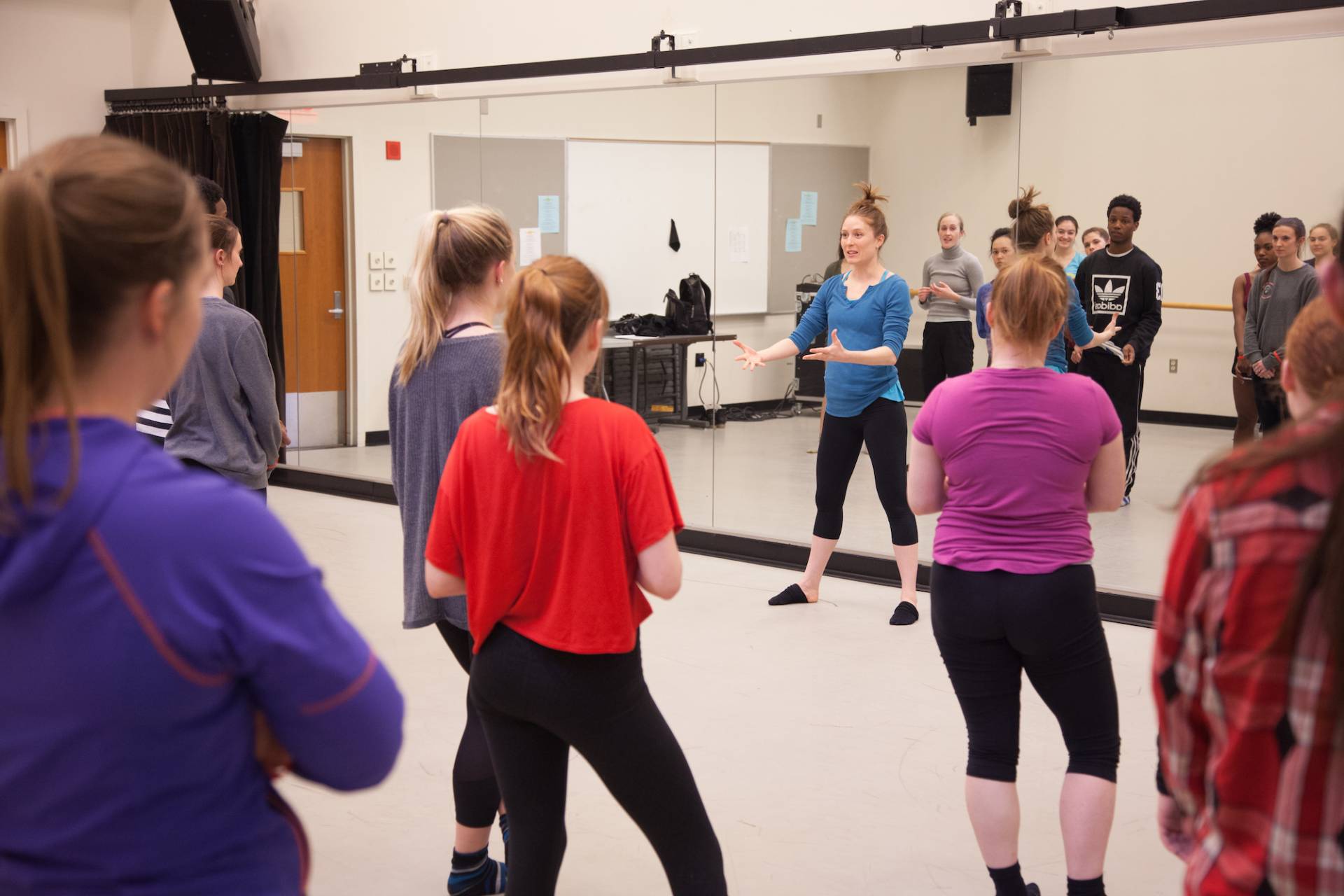




Teaching in higher ed
I have taught at the University of Maryland, College Park as adjunct faculty since 2017. I have developed courses on dance ethnography and dances of resistance, and I have taught and/or assisted with courses on subversive cultures and performance, national performance, and theatre and globalization. All of these courses focus on the role of the performing arts in racial, ethnic, national, and/or cultural identity formation and the power of dance, music, and theatre to enact social change. My goal in teaching is to impart to students that, yes, dance and the arts are about joy, playfulness, and self-expression, but they are also sacred, revolutionary, and entangled in community narratives and debates about identity formation processes that allow for social transformation.
My classes emphasize the relationship between scholarship and practice—that is, not just reading, writing about, and discussing the arts, but also participating in them. In dance, I believe it is crucial to allow students to embody what they are learning—that is, to get up and move and, in so doing, experience the sweaty struggles, joys, frustrations, and exhilarations that come with trying to, quite literally, put oneself in someone else’s shoes. For me, dance ethnography is not about achieving mastery of technique, but the failure to do so. I give students the opportunity to examine the “cultural misses” that make it difficult to learn to move (and think) in a new way. I encourage them to confront their own implicit biases, and I prompt them to continually ask questions that challenge those biases.
I believe strongly in equity, diversity, inclusion, and accessibility at all levels. I carefully craft my syllabi to demonstrate the diversity of themes, aesthetics, and motivations for dancers around the world. I bring in paid guest instructors to cover topics outside of my area of expertise in order to give students an opportunity to hear other voices and see other bodies. I direct students to connect these guest classes with the larger trajectory of the course so that they understand how the local connects to the global—that is, how each dance style has its own distinct context and set of concerns, but also how common themes cut across many dances. I see myself as a “cultural curator”—I seek collaborators and partners in the local community who can enhance the classroom experience.
I also give students opportunities to connect their own interests and identities to course material, allowing them to fill in the gaps that they see in my syllabus and teach me more about their own worldview. I want my students to know that I am learning along with them. I want them to know that I am as susceptible to bias and mistakes as they are, but I have the skills and education to be able to create a course—an experience—through which we can learn together.
Teaching outside of higher ed
Outside of higher education, I also offer workshops, private lessons, lectures, and guest classes in Irish step, céilí, and sean nós dance and frevo, available upon request. I also call Irish céilí dances in the DC and Baltimore areas. I have been teaching Irish dance since 1998. I have been teaching frevo since 2020, under the tutelage of Otávio Bastos of Mexe Com Tudo (Recife/Olinda). Learn more on the Teaching and Calling page.
My work as co-founder and president of EducArte, a 501(c)3 non-profit organization in Maryland, is focused on building a community of artists, educators, and students that fosters cultural understanding and appreciation. Visit www.educarteinc.org to find out more about the organization.